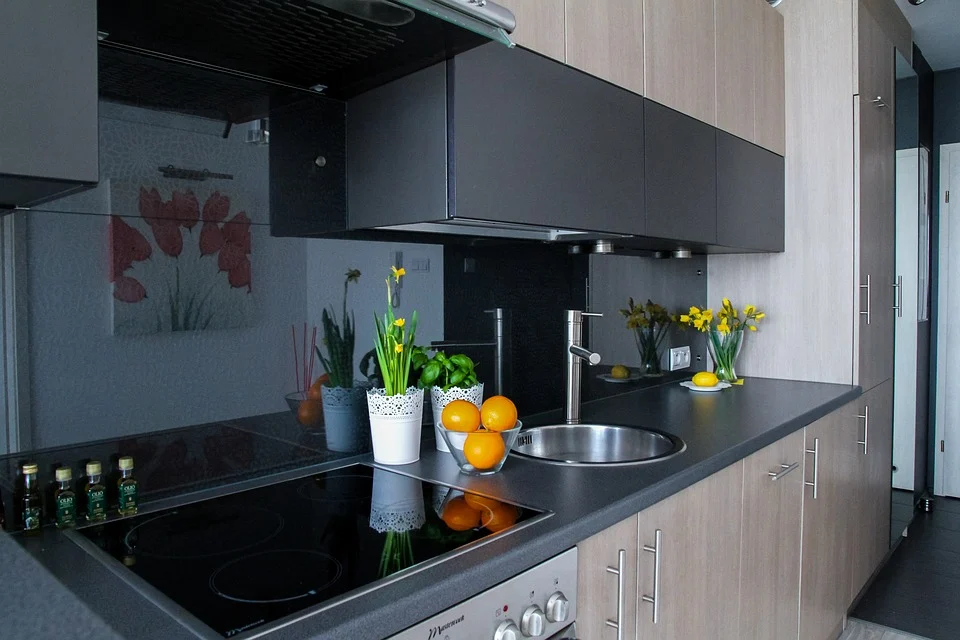There’s a lot that goes into creating an outdoor space, from cultivating a garden, choosing an outdoor living solution, outdoor furniture, and even what water features will accentuate your design. But one part of the outdoor living design that may not get as much focus is your flooring. While some may say, it’s just the floor, it doesn’t really matter as much as what people can see at eye level, that’s simply not the case. Every part makes up the whole, and the choice of flooring can take your project patio from average to spectacular. If you’re wondering what options you have to really personalize your outdoor space, read on to find our handy list of best patio flooring!
Natural Stones
While there are a lot of options with natural stone flooring, it’s always best to go for locally available and locally sourced stones not only to keep to your budget but to match the design and feel of your overall backyard. Natural stones are gorgeous, durable, and can last for generations, especially when taken care of.
Limestone
With a wide range of shades and finishes, limestone is a fantastic option, especially during Australian summers. This is because limestone reflects the heat of the sun, instead of absorbing it, meaning that your bare feet won’t burn during the hot summer months.
With warm to cool tones, a limestone is a great option for those wanting to create a contemporary look. To keep it looking beautiful, it should only be cleaned using mild cleansers that have been diluted in water, and definitely don’t use acidic cleaners as it can cause this gorgeous stone to erode.
Cobblestones
Usually made from basalt or granite, cobblestones are historically river rocks that were used to pave streets centuries ago. Nowadays, you can harken back to these times by using cobblestones for your patio flooring. These small, rounded stones are installed to form a path, with a unique look that’s hard to replicate with any other material.
Brick
Ah, the ever lovely, ever practical brick. They’re popular and have stood the test of time for a reason: great quality bricks last a lifetime, and their natural tones give off an amazing look for smaller, more cohesive-looking patios.
With small bricks, you’re able to form patterns such as herringbone, running bond, basketweave, and so much more, helping to create a beautiful space that’s very much your own. It’s also an extremely versatile material that works with natural landscapes and manicured designs alike, and you can even complement wooden decks and natural stone flooring with cleverly placed bricks on the path.
Be mindful, however, that bricks are porous, and require scrubbing to remove moss and dirt with a brush and bleach solution to keep them looking in top shape after rainy periods.
Concrete
After an affordable and easy patio flooring option? Concrete is long-lasting, durable, and takes very little to maintain.
Of course, concrete flooring has a couple of options to choose from, too, which means that you can pick which finish suits your needs the best.
Pre-cast
Pre-cast concrete, or modular pavers, are available in different sizes, patterns, shapes, and colors. You can often find unusual textures, too! Pre-cast concrete is constructed to form designs on your flooring, with hexagonal, rectangular, or circular styles.
Cast-in
This involves pouring concrete on a custom wood mold and can be built to your specifications as well as personalized by using stains and stamps.
There are two types of concrete pavements you should know about: the pre-cast and the cast-in concrete.
Make sure to get a professional to install your concrete flooring to prevent cracking issues as well as vulnerabilities to inclement weather, a potential issue if you have patios in Melbourne.
Wooden Decking
The tried and tested wooden decking has graced many a backyard, and for good reason. There’s just something gorgeous about a wooden deck, inspiring new and old memories of rustic vacations and inviting get-togethers. These are usually less expensive and easier to construct, especially if you have a small patio that has a slight slope. While it’s not as long-lasting as other materials and requires regular maintenance to keep it looking elegant, there’s a lot you can do to make sure your wooden decking lasts for the years to come.
Composite Decking
If you’re wanting the look of wooden decking, but you’re not wanting to deal with the maintenance that comes with it, composite decking is a great option. It’s a man-made material that’s created from resins, wood flour, and wood fibers. This means that it resists rot and dirt, which makes it a great alternative to wood. Think of it as similar to vinyl and engineered wood flooring, especially with its ease of installation.
Keep in mind, however, that because it’s got a nonporous surface, this means that it doesn’t stain well. So, once it’s installed you’re stuck with that design and stain until you choose to remove it. This may not be a good choice for those looking to change up their flooring every few years.
Artificial Grass
Got allergies? Artificial grass might be a good option for you. It’s a low-cost, zero-maintenance way to make your backyard look lush and cared for, without having to think of reticulation, fertilizer, or the pollen that comes to every springtime.
Gravel
Gravel is a simple yet often overlooked flooring option that adds beautiful texture. Mixed and matched with different flooring options such as pre-cast concrete, it can give off a modern look with rough-smooth texture combinations. Whether you’re after a full gravel look, or you want to use gravel as an accentuating feature, it’s a good flooring option to pair with brick, stone, or wooden decking.









